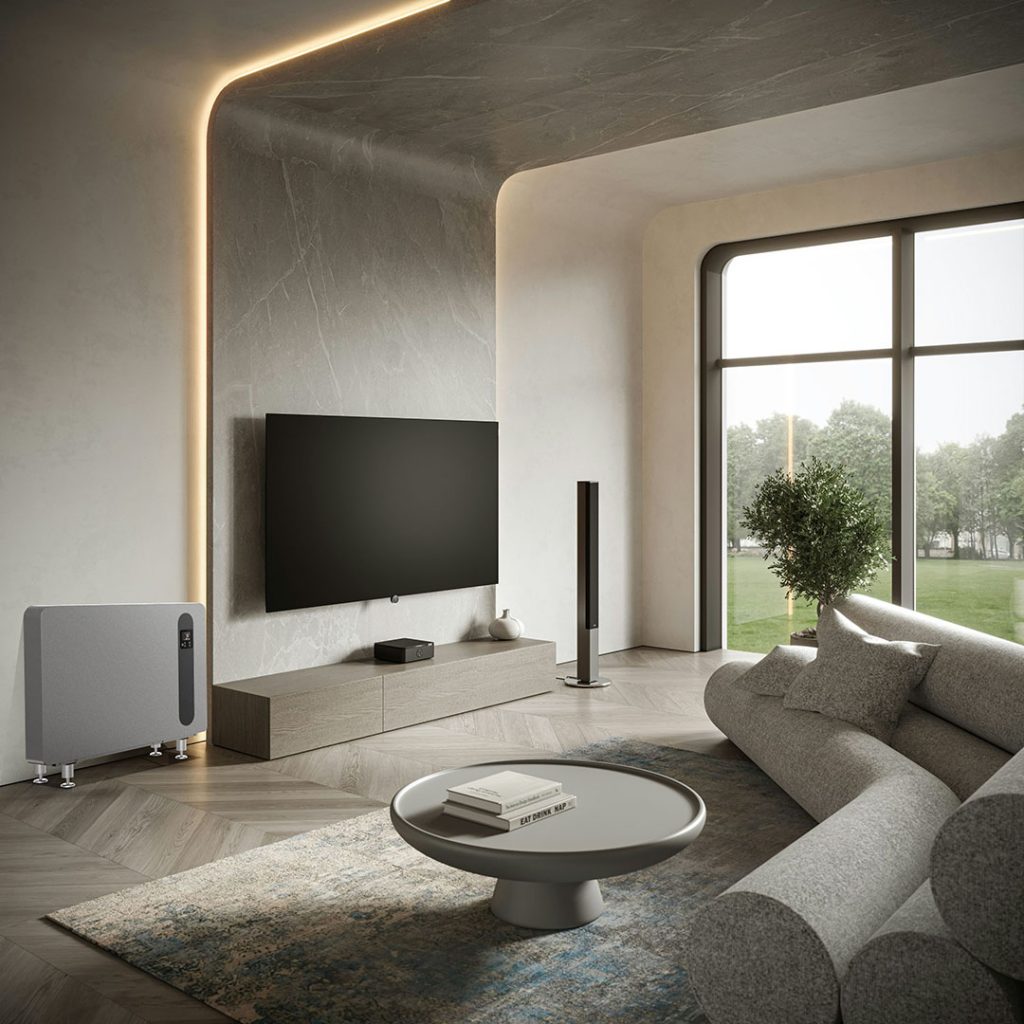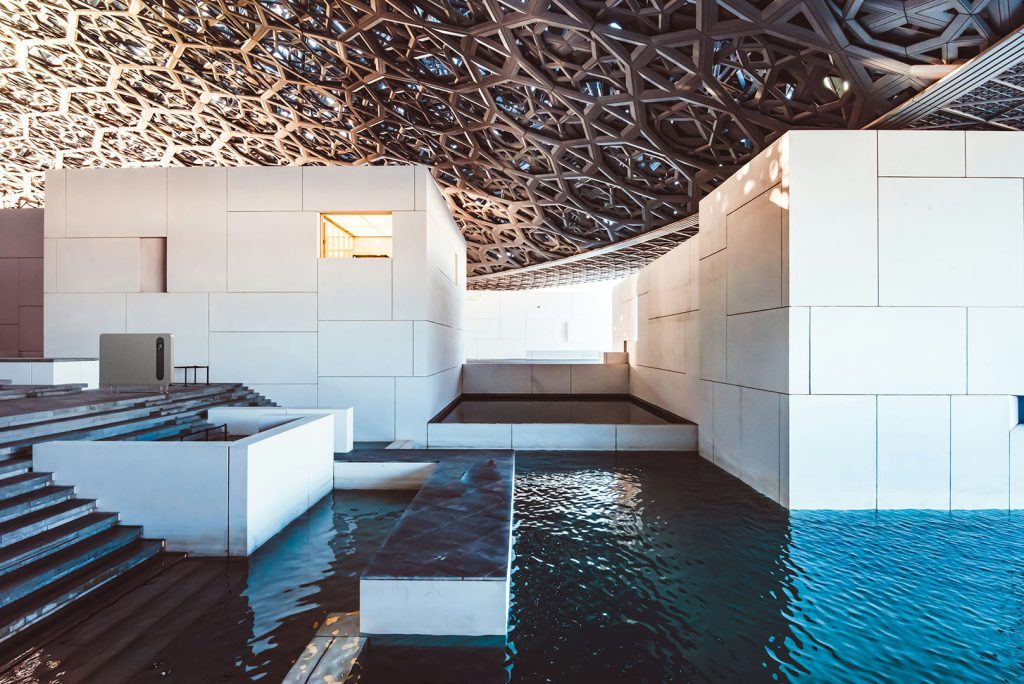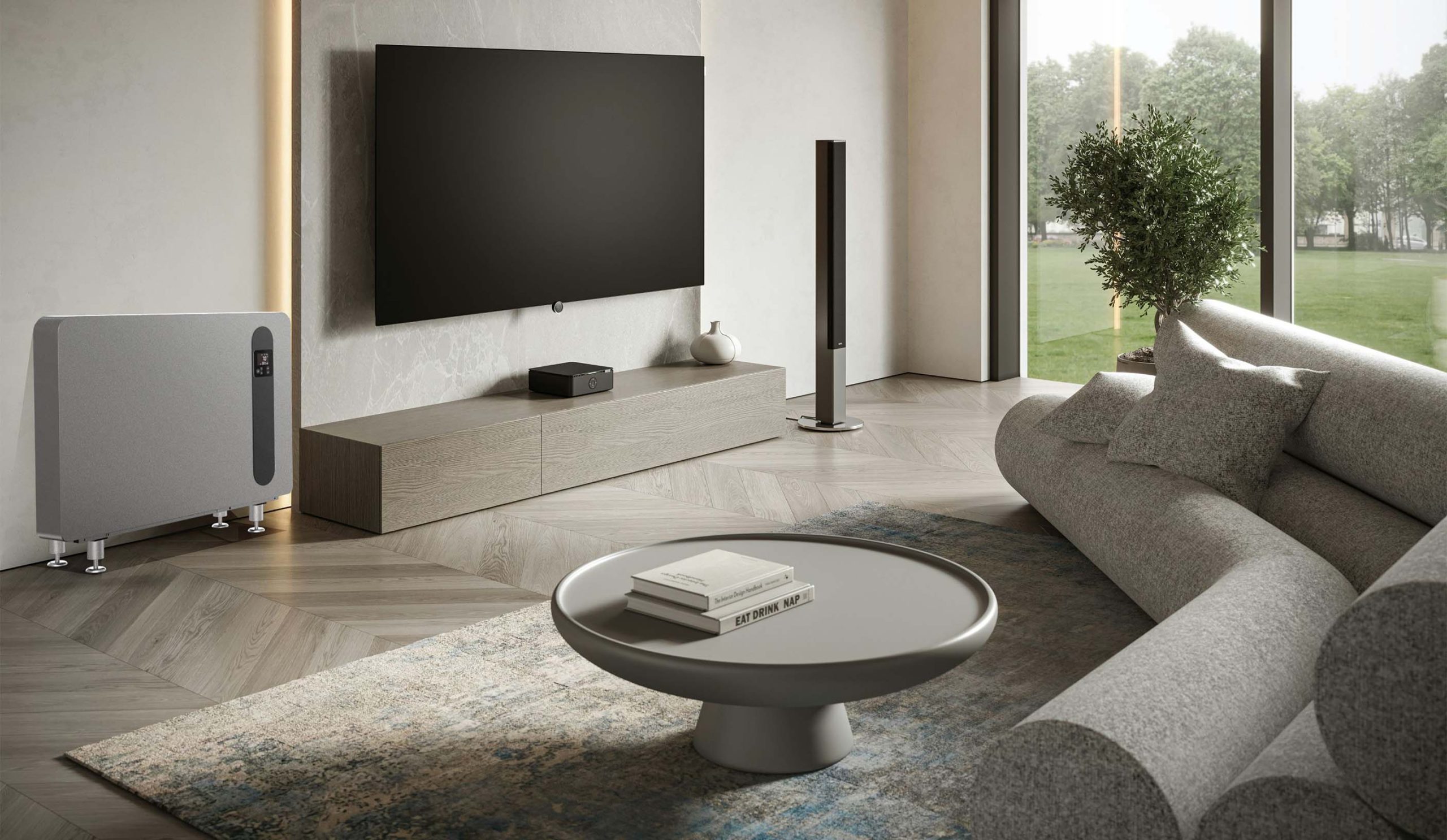Why “designer air” now sits alongside stone, timber, and light
At the coast, high humidity is a constant architectural constraint. Even with ideal orientation, deep shading, and cross-ventilation, premium homes often retain moisture. The result? Sticky interiors, condensation in cold zones, and mould in the finishes you’ve invested most in. Many homes look luxurious, but do not feel like it.
“Architects rely on passive design because it reduces the energy load on HVAC systems and aligns with evolving expectations around sustainable design,” says Wynand Deyzel, Commercial Sales Manager at Solenco. “But when outdoor humidity stays high for weeks, passive strategies can bring in damp air faster than interiors can dry. In those conditions, a tailored mechanical layer is the difference between ‘almost’ and ‘effortless’.”

In KwaZulu-Natal, orientation and shading remain the first line of defence. Broad eaves, louvred screens, and ventilated façades reduce direct sunlight while promoting airflow. Raised slabs, breathable finishes, and shaded landscaping help buffer humidity before it even enters the building.
When modelling shows that indoor relative humidity will remain above target, these passive layers form a strong foundation for mechanical systems that protect finishes, furnishings, and high-value smart-home technologies. Localised dehumidifiers—whether in wet zones or installed as quiet ceiling-mounted units—stabilise indoor conditions and safeguard materials throughout the home. In well-sealed, energy-efficient builds, Deyzel recommends pairing this with managed fresh-air intake to ensure the HVAC system operates as intended.
For architects and designers, ceiling-mounted dehumidifiers are a compelling solution where floor space is limited or where the goal is to keep the mechanical layer completely concealed. These units operate quietly above the ceiling line, integrate with built-in drainage, and maintain humidity within the target range without interrupting the design aesthetic.
Wynand Deyzel, Commercial Sales Manager at Solenco
“A recent project with a high-end KZN homeowner involved installing a Solenco Fairland Inverter dehumidifier for her 400 m² living space, with a second unit planned for the similarly sized lower level,” he says. “The inverter system provides dynamic humidity control and energy-efficient operation, maintaining consistent comfort through large open-plan areas.”

Solenco’s guidance to coastal design teams is pragmatic: begin with passive-first principles—orientation, shading, ventilated façades, breathable finishes—but model humidity for the worst-case months. “For us, air is becoming a finish in its own right. Clients judge luxury by how a space feels over time. It must be cool, dry, and quiet, season after season,” says Deyzel. “We fit the mechanical layer to the architecture, not the other way around.”



